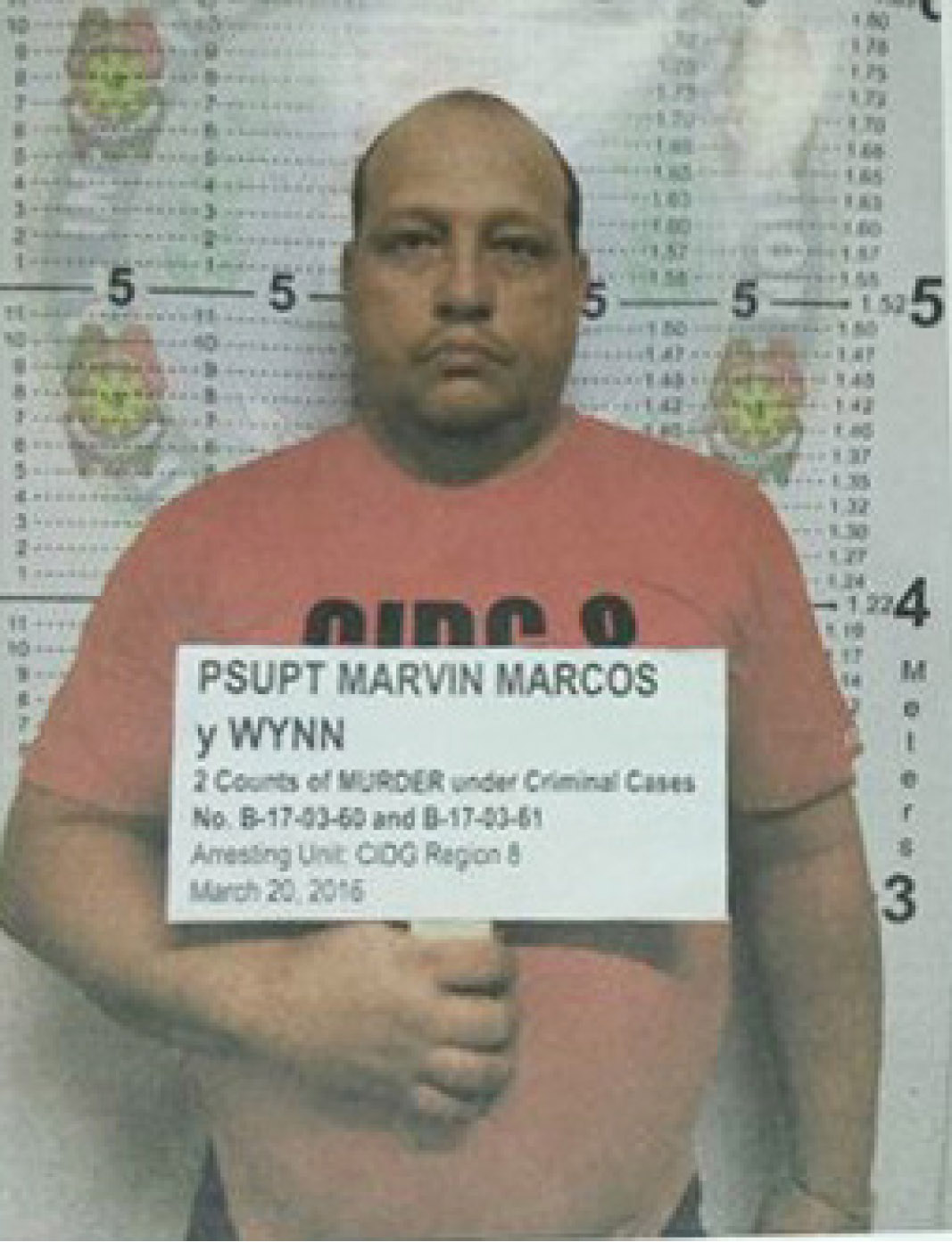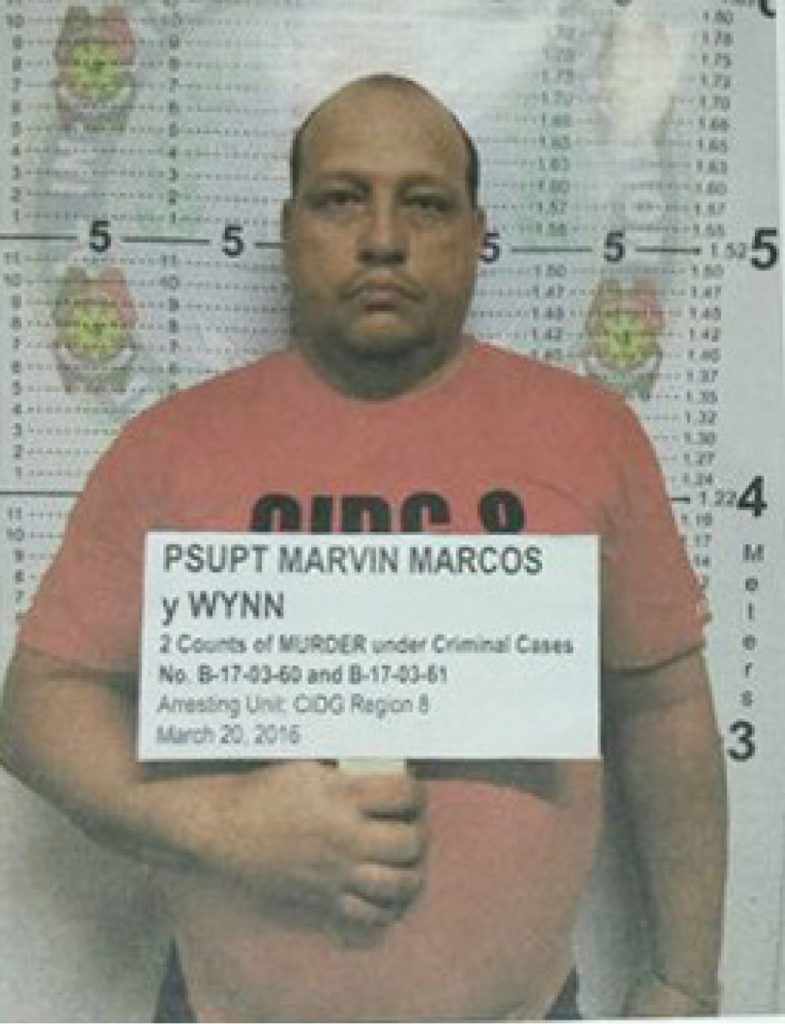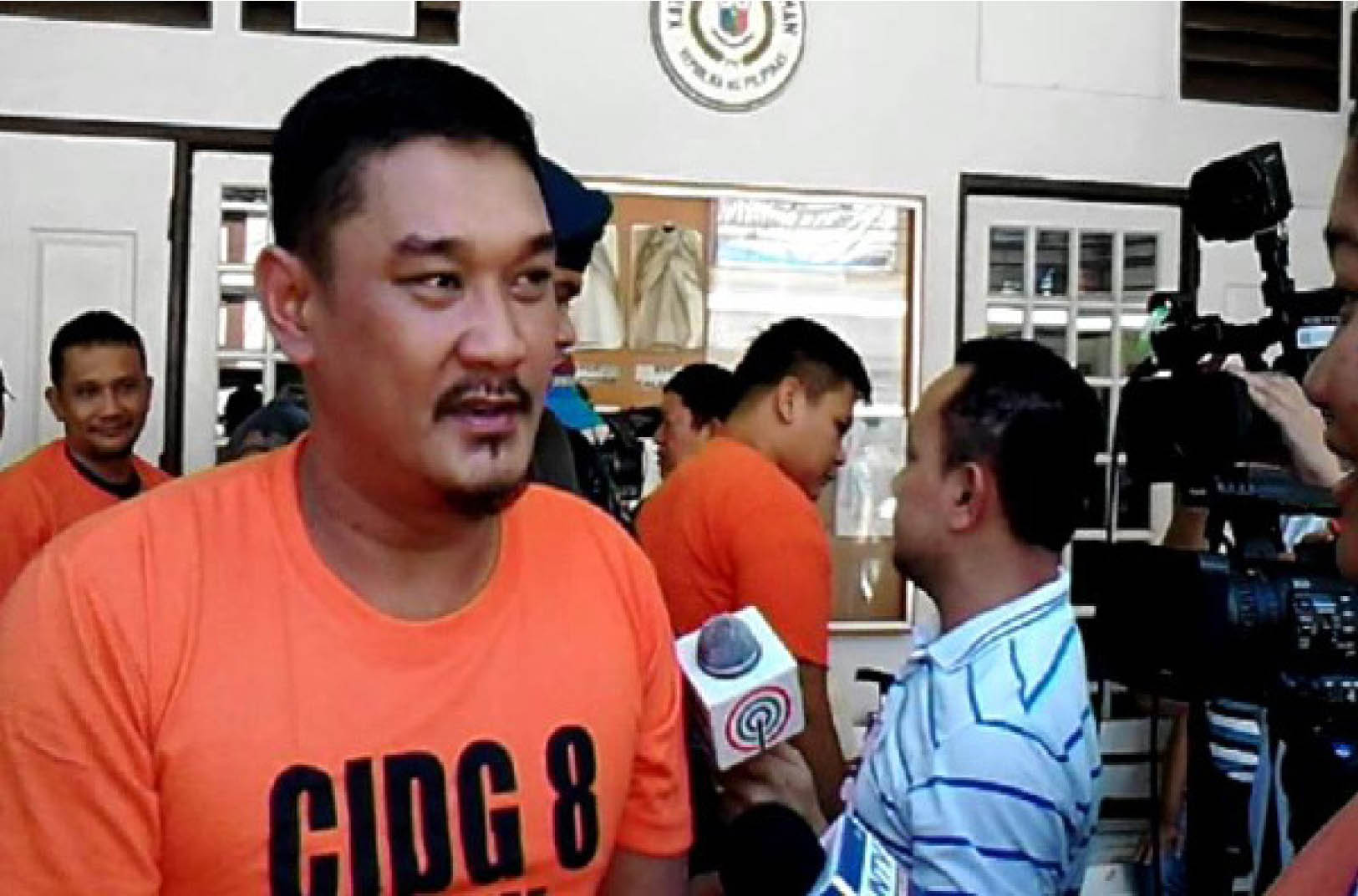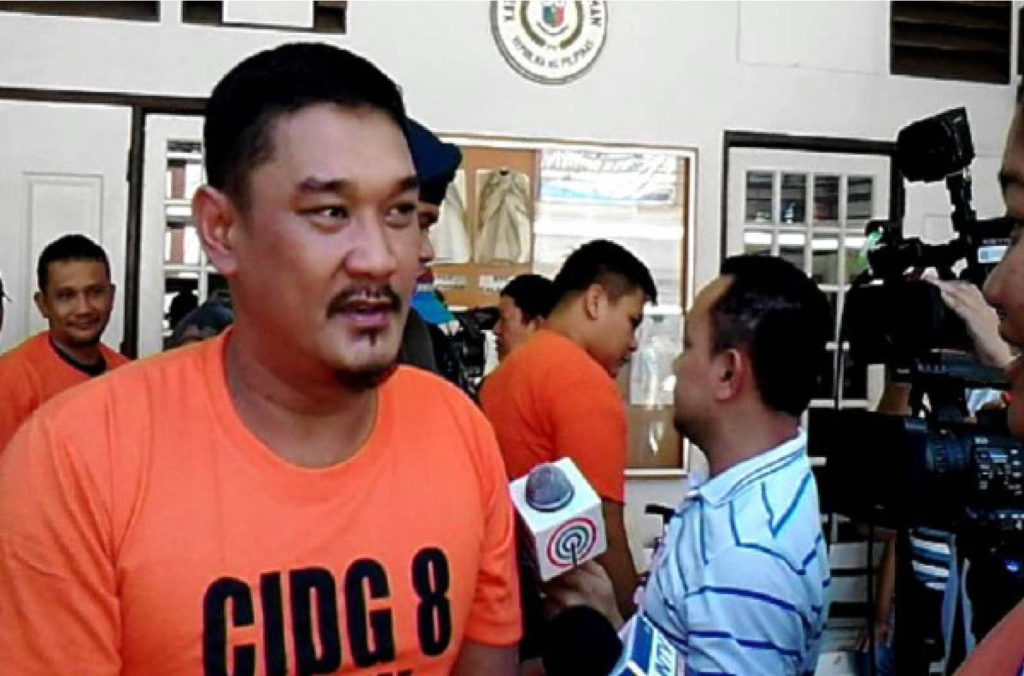TACLOBAN CITY – The diarrhea infections, which killed a five-year-old boy and afflicted 43 others in Dolores, Eastern Samar in the past four weeks, is now under control, the Department of Health (DOH) said on Wednesday (March 29).
The DOH categorized the incident as serious since it resulted to fatalities, prompting them to continue the close monitoring in the town, about 254 kilometers northeast from this city.
“Everything is now under control after a team from the regional office worked with local health workers to prevent the spread of the illness,” said DOH regional epidemiology and surveillance unit head Roderick Boyd Cerro.
The young fatality from Barangay 2 suffered dehydration. At least 15 victims were rushed to the Dolores Community Health Center since early March, Cerro said, citing a March 28 report.
Patients vomited and suffered abdominal cramps, watery stools, body weakness, and fever after drinking contaminated water, he said.
The illness was noted in eight villages, but the health department has not declared an outbreak in Dolores since the cases were sporadic. (SARWELL Q. MENIANO, PNA)
DOH: Diarrhea cases in E. Samar town now under control
Education exec assures of no sexual abuse involving students in Tacloban City
TACLOBAN CITY- An official of the Department of Education (DepEd), this city, assured the public that unlike in other areas, no report of sexual abuse involving students has taken place.
However, Nilo Eder, spokesperson of the city schools division, issued an appeal to the students, in particular, to be vigilant.
“The Tacloban city (schools) division is prepared and convergence meeting is done regularly with the schools information officers to disseminate information for the safety and welfare of the children,” Eder added.
Earlier, DepEd has issued its alarm after several cases of sexual abuses involving school children were reported in different parts of the country.
Eder said that while they have not monitored such incident in Tacloban, they are not taking the issue lightly, thus, they are taking some preventive measures.
He said that he directed all the information officers of the city schools division to report any incident, if there is, so the division can act on it immediately.
He also calls on the teacher to remind them their responsibility over their students.
(LIZBETH ANN A. ABELLA)
Marcos, men charged for Espinosa murder
Detained at the CIDG lock- up
TACLOBAN CITY- For almost nine hours, controversial Supt. Marvin Marcos and 18 other members of the Criminal Investigation and Detection Group (CIDG) here in the region underwent the booking process and medical checkup inside their office, based this city, on Monday (March 20).
And during the entire proceeding, the CIDG men charged for the murder of Albuera, Leyte Mayor Rolando Espinosa, Sr. and Raul Yap, appeared to be “calm,” Supt. Teodulo Armada, CIDG-8 deputy chief, said.
The CIDG did not allow the local media to witness the proceeding that started around 8 am and ended close to 4 pm on Monday inside the CIDG regional office located inside the Tacloban Port compound.
On Tuesday (March 21) at about 6 am, Marcos and his coaccused were brought, on board in three vans and heavily guarded by CIDG and members of the Regional Public Safety Battalion (RPSB), to Baybay City where the regional trial court that issued the warrants is based.
“They were all silent but were calm. We started the booking proceeding at 8 am and ended past 4 on Monday. At least two lawyers from them were present during the entire proceeding,” Armada said.
“We also conducted medical examination to them to ensure that they are in good health before we present them in court,” he added.
The mug shots of Marcos and his group were posted and shared in various Facebook accounts hours after the process was finished.
Aside from Marcos, also charged for murder for Espinosa and Yap were Supt. Noel Matira, Chief Inspector Leo Laraga, SPO4 Melvin Cayobit, PO3 Jhonny Ibañez, Chief Inspector Calixto Canillas, SPO4 Juanito Duarte, POI Lloyd Oeriguesa, Senior Insp. Fritz Blanco, PO1 Bernard Orpilla, Senior Insp.Doegracias Diaz III, SPO2 Benjamin Dacallos, PO3 Norman Abellanosa, PO1 Jerlan Cabiyaan, Inspector Lucrecito Candilosas, SPO2 Antonio Docil,SPO2 Mark Christian Cadilo, PO2 Jhon Ruel Doculan and PO2 Jaime Bascal.
Judge Carlos Arguelles, presiding judge of RTC-14 issued a no bail warrant against the accused.
Due to jail congestion at Baybay City Jail and the prohibition that only suspects who resides or committed the crime in Mahaplag and Albuera are allowed to be detained at the sub-provincial jail, Arguelles ruled that Marcos and his coaccused be detained at the lock-up facility of the CIDG-8.
All accused declined to be interviewed by the media.
Armada assured the court that they will comply with the order and that they would increase their security considering that the accused are considered as high risks.
Marcos and his men conducted a search at the Leyte subprovincial jail in Baybay City, Leyte on November 5 to serve warrant against Espinosa and Yap for alleged possession of firearms.
However, this resulted in the deaths of Espinosa, father of alleged drug lord of Eastern Visayas, Kerwin, and Yap, who is also accused of illegal drug activity.
According to Armada, he was not personally aware that warrants were already issued against the group until they came to their office “to voluntarily surrender” on Monday.
“I know that a warrant would be issued against them but not on that day. But at least, it was good that they chose to voluntarily surrender before any manhunt (order) could be issued against them,” he said.
The warrants were issued on March 17,a Friday.
Armada said that he has no idea why Marcos and his coaccused came to their office to surrender almost at the same time, 6:30 am.
“Perhaps they knew that there was already warrants issued against them and they exchange text messages and decided to surrender to our office,” Armada said.
“They chose to surrender before the CIDG probably, they will be comfortable considering that they belong to the unit,” he added.
Armada admitted that he was somehow sad that his colleagues have to undergo the process and accused of committing the crime of murder.
“But we cannot do anything. We have to follow the law,” he said.
By: ROEL T. AMAZONA/Joey A. Gabieta
CIDG men in EV to turn religious, observe professionalism
TACLOBAN CITY- Members of the Criminal Investigation and Detection Group (CIDG) in the region will turn religious as part of its “internal cleansing.”
This was declared by Supt. Jason Aguillon, CIDG regional chief, in the wake of the filing of murder charges against its former head and 18 others.
Charged for double murder were Supt. Marvin Marcos and his men, namely,Supt. Santi Noel Matira, Chief Insp. Leo Laraga, Spo4 Melvin Cayobit, Seniro Insp. Deogracias Diaz 111, PO3 Johnny Ibanez, SPO2 Benjamin Dacallos, PO3 Norman Abellanosa, PO1 Calixto Canillas Jr., PO1 Jerlan Cabiyaan, Insp. Lucrecito Canolosas, SPO2 Antonio Docil, SPO1 Mark Christian Cadilo, PO2 Jaime Bacsal, PO2 John Ruel Doculan, SPO4 Juanito Duarte, PO1 Lloyd Ortigueza, Senior Insp. Fritz Blanco and PO1 Bhernard Orpilla.
All were accused for the killing of Albuera Mayor Rolando Espinosa and Raul Yap inside the Leyte subprovincial jail in Baybay City on November 5 last year.
The CIDG personnel were to serve a warrant against the two for alleged possession of firearms.
Admitting that the incident has tarnished the public image of the CIDG, Aguillon said that he will now focus on internal cleansing and ensure that no member of the agency would be involved in any illegal act.
“We want our people to learn and trust the police again and that we are trying to impose a stricter selection process during police hiring and a stricter family background check among applicants,” he said.
Aguillon is also pushing to improve the spirituality of the CIDG personnel by having a mass every Friday and to professionalize the organization by adopting law enforcement standards.
This would mean that their personnel will have to undergo refresher courses on criminal procedure, interview techniques, and intelligence, he said.
The CIDG chief is encouraging the public to report to them any police officer that is involved in any illegal activities and assure them that he will immediately act on them.
For now, CIDG is now focusing on its campaign against illegal drugs, loose firearms, private armed groups, wanted personalities in the region and campaign against other forms of criminality.
(JAZMIN BONIFACIO)
Construction regulator opens service window in Eastern Visayas
TACLOBAN CITY- The Construction Industry Authority of the Philippines (CIAP) has expanded its services to contractors here in the region with the launching of its window in this city on Monday (March 20).
The CIAP desk, housed at the Department of Trade and Industry (DTI) regional office in Palo, Leyte town, is the 8th window in the country.
DTI Undersecretary for CIAP Ruth Castelo said the region is one of the priority areas to have a field office with the operation of 350 accredited contractors from its six provinces.
“We bring this window to the region for faster services to the contractors. We have to provide ease of doing business to all entrepreneurs,” Castelo told participants during the launching at the Ironwood Hotel here.
“The administration of President Rodrigo Duterte is the golden age of infrastructure. The value of construction industry is highlighted and contractors play an important role because all the other sectors depend on the construction industry,” she added.
The service window will accept and check applications from contractors before forwarding the documents to the DTI-CIAP main office.
Castelo vowed to complete the processing within 20 days after receipt.
Among the services that contractors may avail are pre-screening and evaluation of applications for Categories “A” down to “Trade/E” under Contractors Licensing and Registration Program.
It also accepts construction contract claims or disputes for arbitration and other pleadings for ongoing arbitration cases before CIAC, logistic support/coordination for hearings/meetings, and orientation on mediation for small claims under Contract Dispute Resolution Program.
The window will also disseminate information on Construction Manpower Development Foundation (CMDF) online training application and promotion of manpower trainings and seminars under Construction Manpower Development Program.
“We have been waiting for this opportunity and we are happy that DTI-CIAP opened their doors to us. We will save a lot because we will no longer go to Manila to apply for registration and other transactions,” said Victorio Esperas, Philippine Contractors Association Leyte Chapter president.
DTI Regional Director Cynthia Nierras vowed to support the operation of the service window.
“Our mantra is to help entrepreneurs in all their concerns. This is a breakthrough for us and we are happy that contractors here feel the same,” she said.
The CIAP, an attached agency of DTI, accelerates, promotes and regulates the growth of the construction industry.
CIAP has five implementing boards – the Philippine Contractors Accreditation Board, the Philippine Overseas Construction Board, the Philippine Domestic Construction Board, the Construction Industry Arbitration Commission, and CMDF.
CIAP service windows have been established in La Union, Pampanga, Legazpi, Cebu, Cagayan de Oro, and Davao.
(SARWELL Q. MENIANO, PNA)
UNDP, KOICA turned over housing project in Samar town hit by ‘Yolanda’
BASEY, Samar- The United Nation Development Programme (UNDP) and its funding donor the Korean International Cooperation Agency (KOICA) turn over their projects in this town.
The permanent housing unit is located in Barangay New San Agustin and will benefit 55 families living along the riverbank in Brgy Palaypay.
The beneficiaries are expected to move in to their new homes once construction of all the units are finished.
Aiza Barraquio, one of the recipients and homeowners president, said that she is grateful to the housing assistance given to them by the two agencies as she expressed her gratitude to the local government unit for providing support by donating the land where the housing units were constructed.
“Without the coordination between UNDP, KOICA and the local government, maybe this wouldn’t happen,” said Barraquio.
UNDP Country Director Titon Mitra said that he is happy that the housing units that they have donated could provide comfort and security to the beneficiaries, especially during a calamity.
“If you will see the design and the materials used, this really is a wonderful building. Knowing what you have gone through and I can see that this is where you will be living, it gives me great pleasure and happiness,” Mitra said.
Mitra also expressed thanks to KOICA for providing them the fund used in the construction of the housing units and the beneficiaries who contributed their help through their sweat equity.
For the part of the local government unit, Mayor Igmedio Junjie Ponferrada expressed his deep appreciation to both to UNDP and KOICA for helping their town attain the projects.
KOICA and UNDP also funded the construction of an evacuation center in Brgy. Canmanila that can accommodate 250 individuals.
“The LGU cannot afford to finance the construction of this kind of projects because of budget constraints. We are thankful that we have UNDP and KOICA that provided us the needed shelter assistance,” Ponferrada said.
Aside from the permanent housing units and evacuation center, KOICA also funded the reconstruction of skills training center of Basey that is located in the town proper and the P14 million worth sanitary landfill.
(ROEL T. AMAZONA)




